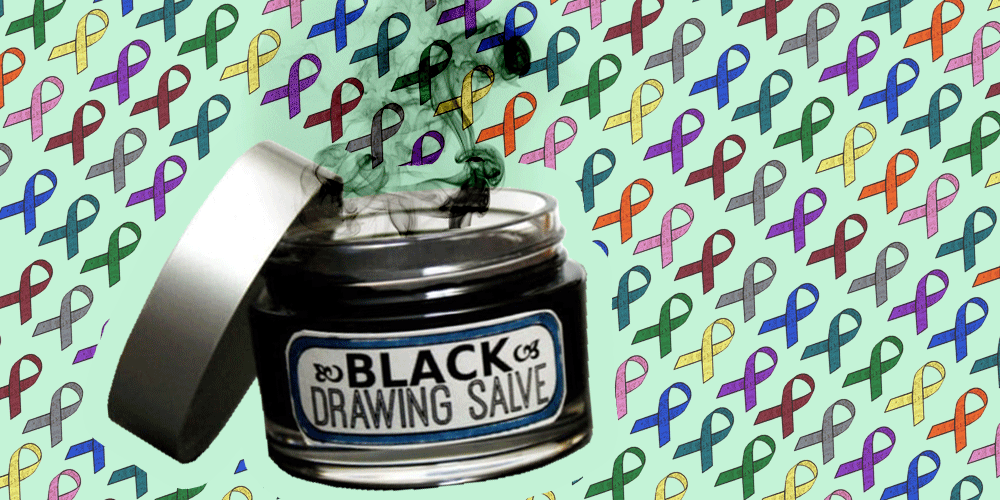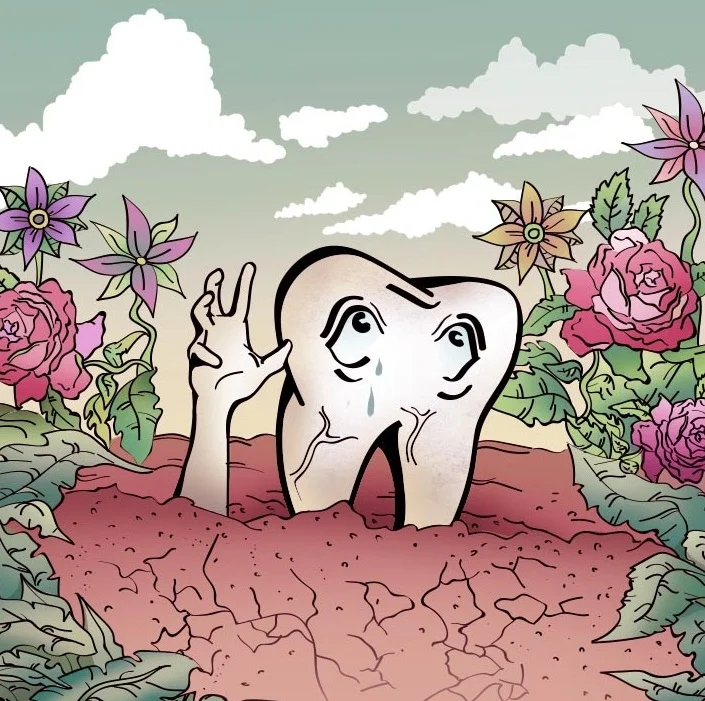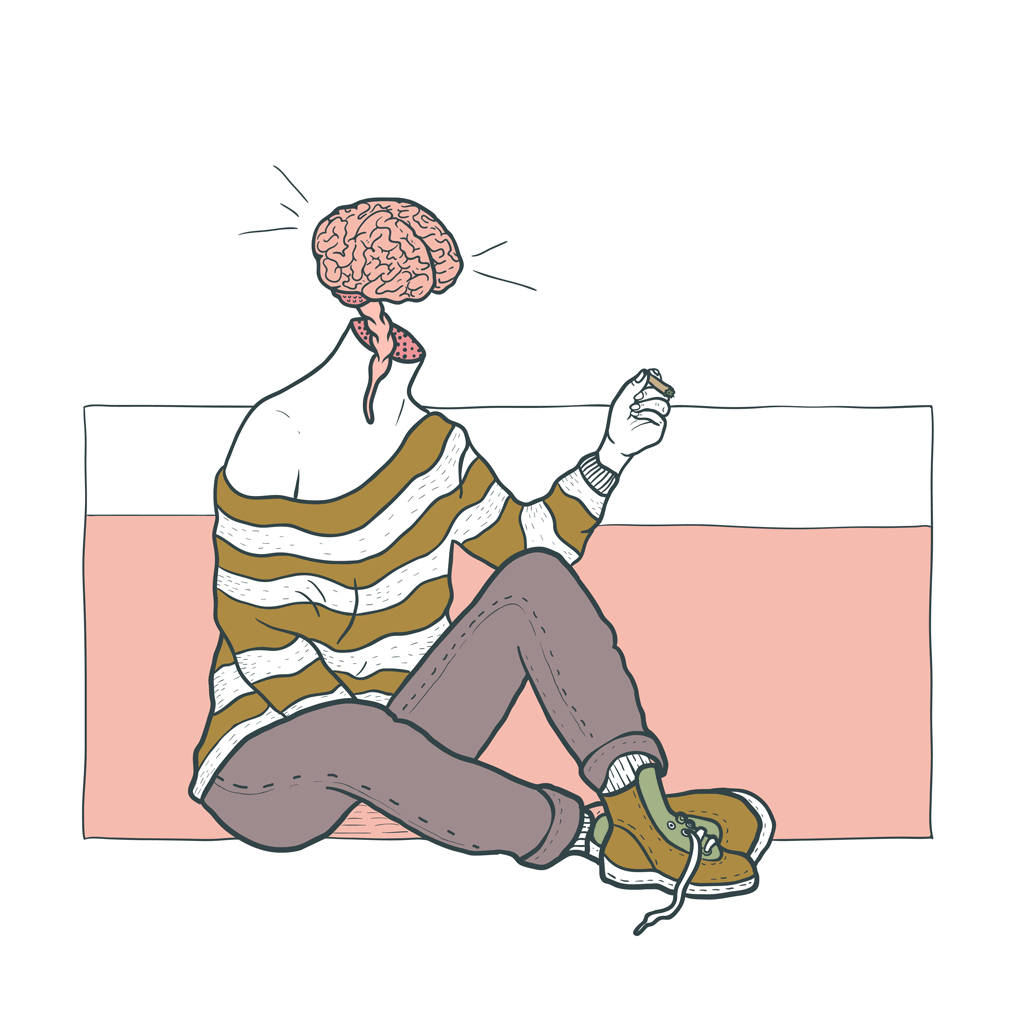Maybe It’s Insomnia — Or Maybe It’s Just Second Sleep
We often think of waking up in the middle of the night as a bad thing, but it might, in fact, be the most natural human sleeping pattern of all.
By Allyson Larcom
Most doctors recommend getting seven to nine hours of consistent sleep a night. However, some recent studies suggest that the most natural, healthiest method of sleep for adults isn’t to do it all at once. Instead, they suggest something called “biphasic” or “polyphasic” sleep, which is when your slumber is spliced up into two or more phases, rather than one consistent streak throughout the night.
That probably sounds weird to you because you sleep for an uninterrupted period of time every night. But apparently sleeping like this is a new trend for human beings, with historians believing that we actually had what’s known as a “second sleep” for most of history. Instead of going to bed at night and waking up in the morning, people would often wake up in the middle of the night to have a snack, read a book, etc., and then return to bed a few hours later for their second sleep.
All human beings go to sleep when our bodies tell us to. Our brains release different amounts of melatonin throughout the day that regulate the natural circadian rhythms that tell our bodies and brains when we should be awake and when we should be asleep.
Outside influences, such as light, darkness, and noise, can also have a role in this. In fact, this is why historians and anthropologists now believe that our current way of sleeping for one long period of time came not as a natural progression of things, but rather as a result of industrialization and the introduction of electricity.
Before these two things, people used to simply go to sleep when it got dark out. But the use of electric lights started changing our patterns, enabling us to stay up later. Industrialization and the implementation of a regular work schedule also led to new sleep patterns for people, creating much more rigid expectations for when and how people were meant to sleep and be awake.
Evidence suggests, though, that before the rise of industrialization, the most natural circadian rhythm for adults allowed for a period of wakefulness in the middle of the night in which people would use the bathroom, do chores, have sex, or even visit with neighbors. They’d then return to bed a few hours later for their second sleep of the night.
In 1992, psychiatrist Thomas Wehr conducted an experiment to see what happened to people’s sleep patterns when they’re deprived of electricity at night. Wehr limited the participants’ exposure to daylight to only 10 hour a day — meaning that the other 14 hours were spent in darkness. He then studied how this affected their sleep cycles.
By the fourth week of living like this, the participants had developed a totally new sleep cycle. They’d sleep for four hours, spend one to two hours awake, and then return to their beds for four more hours of sleep. Without being told to do so, the participants had unwittingly fallen back in-line with how our ancestors used to sleep.
“For most of evolution we slept a certain way. Waking up during the night is part of normal human physiology,” sleep psychologist Gregg Jacobs told the BBC in an article called “The Myth of the 8-Hour Sleep.”
Roger Ekirch, a sleep historian at Virginia Tech and author of At Day’s Close: Night in Times Past, believes that there are still people today who practice second sleep, we just don’t recognize it as being beneficial or normal. “The dominant pattern of sleep, arguably since time immemorial, was biphasic,” he told Live Science. “Now people call it insomnia.”
Due to the commonly-held belief that eight hours of uninterrupted shut-eye is the healthiest way to slumber, many people become worried or anxious when they can’t follow that pattern and are unable to fall asleep. But it might be the eight-hour sleepers who are actually getting the short end of the stick.
There’s evidence that having not one, but two slumbers throughout the night can help you be healthier and more productive during the day. And it’s likely that ditching our traditional second sleep might have actually led to generations of chronically sleep-deprived human beings for the last few centuries. What’s more, humans might be missing out on a particularly productive and creative time of day to do work, as many second sleepers report the wakeful time between their two sleeping shifts as being incredibly fruitful.
Though the concept of “first sleep” and “second sleep” left most people’s consciousness’ by the 1920s, many of us still practice it by napping.
Taking a midday nap and cutting back on the length of your nighttime sleep can help you feel more alert and productive during your waking hours. In some parts of the world, this kind of middle-of-the-day sleep is actually expected, with shops and businesses and closing for a few hours so that employees can rest.
But if you live somewhere — or work somewhere — where napping, instead of being applauded, is frowned upon, consider doing what your ancestors did and try sleeping not once, but twice a night.





















In Canada, there’s an organization that casts spells and manipulates spiritual energies. Is it for real or just a comical sham?